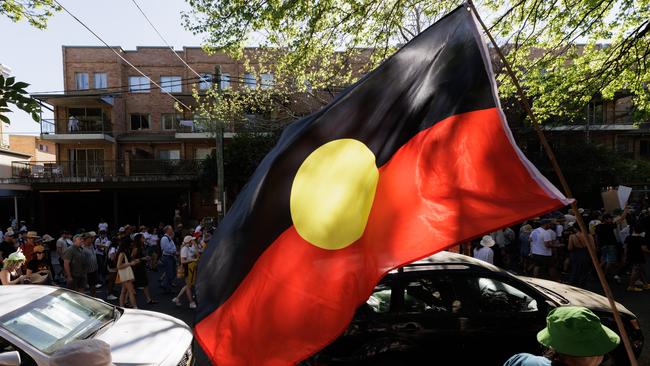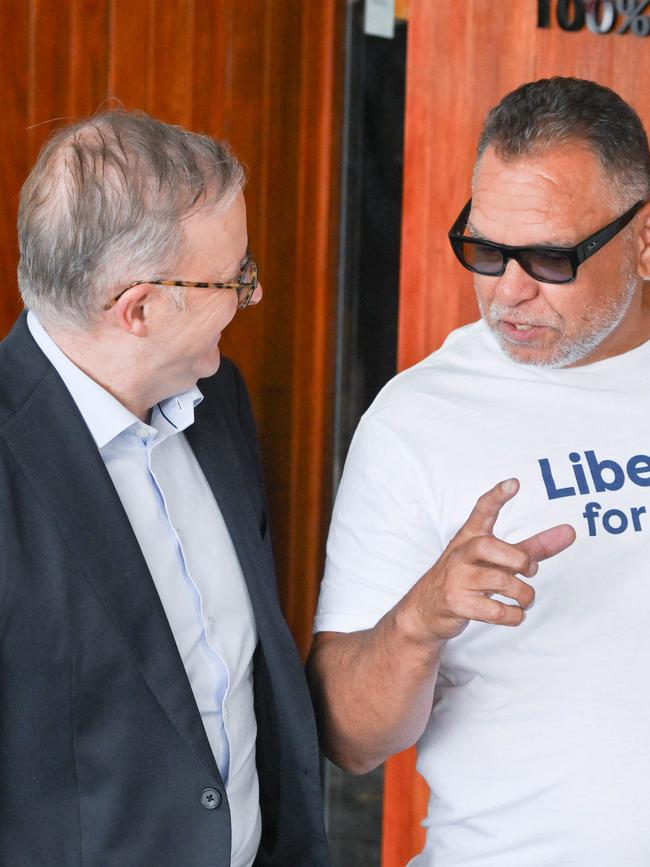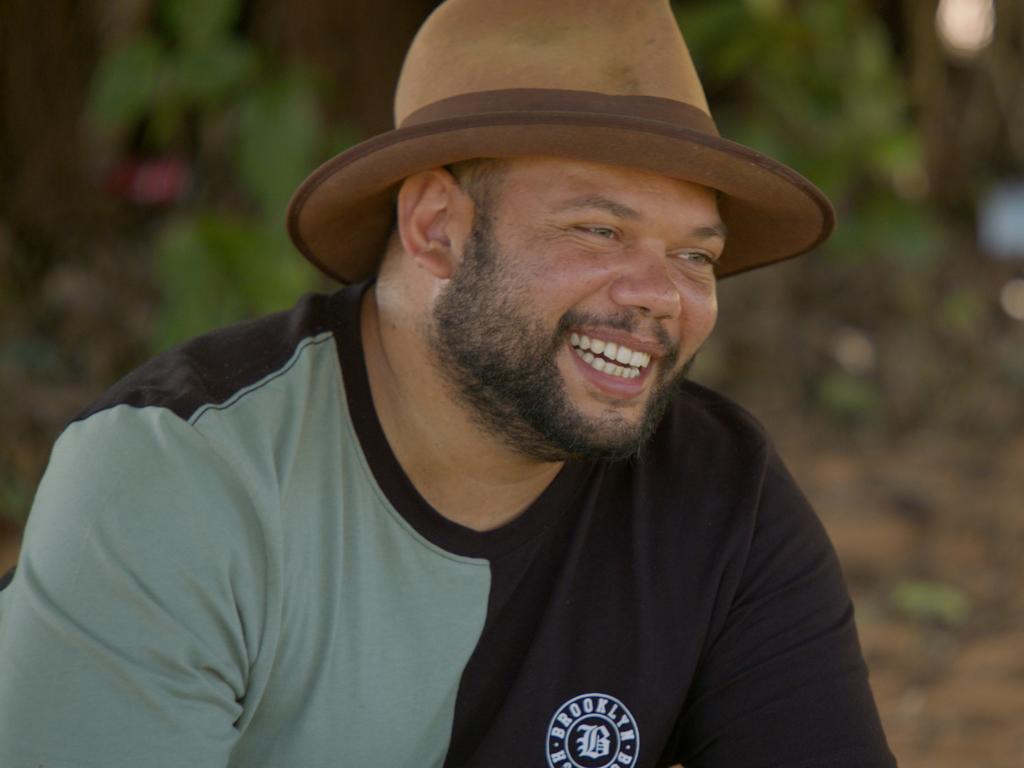Indigenous voice to parliament: Symbolism not enough to improve lives of Indigenous disadvantaged

I know there are still many undecided voters, yet I feel incredibly optimistic that as Australians tune into the question they will be asked, they will see the opportunity before them to vote for a safe, practical and long overdue change to our Constitution.
For many years our political leaders championed the cause of constitutional recognition, but had not asked the very people they sought to recognise what we thought. The Uluru Statement was a consensus position, though not unanimous, that asked for recognition through a voice.
Federal Liberal MP Julian Leeser has eloquently argued the Constitution is not the place for flowery words or symbolic statements. And Aboriginal and Torres Strait Islander peoples have consistently said we do not want symbolic-only recognition, which was once described as putting a plaque about us in the Constitution.
As co-convener of Liberals for Yes, I was surprised when Peter Dutton announced he would hold a second referendum, reverting to an outdated view that symbolic recognition is what Indigenous people should just accept.
We know the status quo has to change, and we desperately need to improve outcomes in housing, education and health. Flowery words and constitutional plaques won’t help. For Indigenous people to step up and take responsibility, we need a seat at the table when decisions are made about us. These decisions will be better informed, and in turn will produce better results and save money.
It will be fresh thinking through a ground-up approach, listening and consultation with local voices because we know the standard one-size-fits-all approach by government has not worked.
Arguing for a second referendum on Indigenous recognition was one of the tactics we saw in the 1999 republican debate. Australians were told if you don’t like the model then vote no, and we can try again for a better model in another referendum soon. That was almost 25 years ago. Indigenous people can’t wait another 25 years for the status quo to change.

And unlike 1999, on October 14 we are only voting on the principle of whether or not Indigenous people should be recognised in the nation’s founding document through a voice. The model will be determined by the parliament and won’t be fixed in the Constitution; that is, the parliament will determine exactly how Indigenous people will have a say. This week Prime Minister Anthony Albanese announced that if Australia votes yes he will move to set up a joint parliamentary committee “with co-chairs from Labor and the Coalition, to oversee the development of legislation for the voice advisory group”.
While politicians posture about this issue, at the heart of this entire question about constitutional change are human beings who have suffered through unthinkable experiences. I was born in 1970, one year after the NSW Aborigines Protection Act 1909 was formally repealed. Until that time, children were being removed because of the colour of their skin. Despite so much suffering, through the Uluru Statement we stretched out a hand of friendship to the broader Australian community asking you to walk with us.
In recent weeks I have travelled across Australia talking to people about the benefits the voice will bring by identifying practical local solutions.

On reflection about these celebrated firsts,I can only hope that on October 14 we can vote Yes to recognise our First Nations people with the oldest practising culture in the world with this important amendment to the Constitution. We can all vote Yes knowing this is the form of recognition Aboriginal and Torres Strait Islander people asked for. We can vote yes knowing Aboriginal and Torres Strait Islander people overwhelmingly support recognition through a voice.
I was even taken down memory lane visiting the home of the late Dame Enid Lyons – the first Tasmanian woman ever elected to parliament; visiting the James Theatre in Dungog, NSW – the oldest operating cinema in the country; and I felt the serenity at Bonnie Doon in Victoria as I hummed the lyrics “We’re going to Bonnie Doon” – made famous from The Castle movie, with its successful constitutional legal case.
We can vote Yes knowing it will give Indigenous people the right to have a say, but ensures the parliament will determine how we have that say. Importantly, we can vote yes and get this done so people like me will stand a bit taller and a lot prouder after October 14 knowing the Australian people accepted our invitation to talk together for a better future. We aren’t going to get a second chance at this.
Sean Gordon is chair of Uphold & Recognise.







I was at Uluru in 2017 when the Statement from the Heart was delivered, and it was a moment that will stay with me forever. Standing on Anangu country as the hot sun rose across the desert, I felt incredibly optimistic about the future.